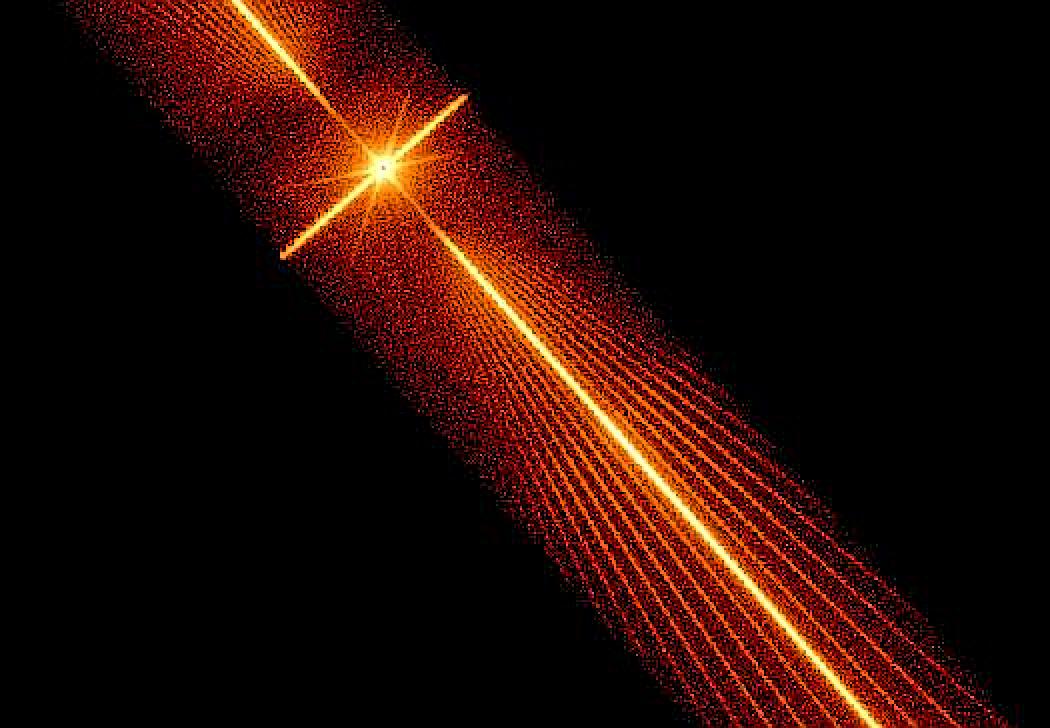
Figure 27: Chandra LETG spectrum of Mrk 421

Figure 27: Chandra LETG spectrum of Mrk 421
This spectacular Chandra image shows the dispersed LETG spectrum of the nearby blazar Mkn 421 in an outburst giving the highest signal-to-noise spectrum taken so far with the LETG - a remarkable achievement for an extragalactic source. The spectrum lets us study the warm intergalactic medium in unprecedented detail. The seemingly complex image also contains the 0th-order image of the point-like source in the center of the crosses. The dispersed spectrum is seen in the two very bright lines which form a diagonal from the upper left to the bottom right, the positive and negative orders. The "fan of rays" around both the 0th-order image and the dispersed spectrum are an instrumental artifact due to diffraction of the X-ray photons off the instrument support. The lack of photons (i.e. the "hole") in the very center of the 0th-order source image is due to an exceptionally high degree of "pile-up" (multiple photons counted as one) in the CCD detector. Finally the luminous strip centered on the 0th-order image perpendicular to the dispersed spectrum contains 0th-order photons primarily diffracted from the LETG fine support structure, with a contribution deposited during read-out along the CCD read-out axis. This is because the source photon rate is much faster than the CCD read-out rate.
Chandra observed Mkn 421 on 2002 October 26-27, as a pre-approved Target of Opportunity (TOO). The source was caught at a luminosity > 100 times its normal, quiescent value making it by far the brightest AGN in the sky. This spectrum contains more than 4 million counts in the dispersed 1st-order alone. In the OVII Kα region (from 21.6 Å - the OVII Kα rest wavelength - up to 22.3 Å - the OVII Kα wavelength at the source redshift) this allows detections of OVII absorption column densities down to 1015 cm-2 at a 3-σ significance level. With this we can probe for the first time the existence of an intervening "X-ray Forest" of absorption lines from highly ionized intergalactic gas outside our own Local Group. This previously unseen baryonic component contains the majority of the matter in the local Universe (more than twice that concentrated in visible stars and galaxies) and can be used to track the dark matter concentrations in the Universe.
Fabrizio Nicastro